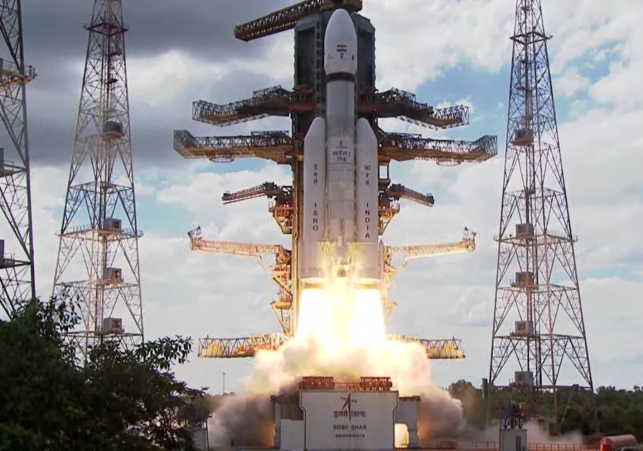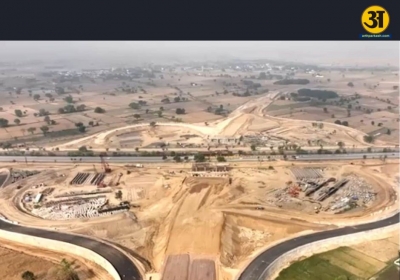
India Launches Chandrayaan-3
India Launches Chandrayaan-3 Moon Mission with Hopes of Soft Landing
India has successfully launched its third Moon mission, Chandrayaan-3, with the goal of being the first country to land near the unexplored south pole of the Moon. The spacecraft, consisting of an orbiter, lander, and rover, lifted off at 14:35 on Friday from the Sriharikota space center. The lander is expected to reach the Moon on 23-24 August.
If the mission is successful, India will become the fourth country to achieve a soft landing on the Moon, following the United States, the former Soviet Union, and China. Thousands of people witnessed the launch, describing the sight of the rocket as "majestic" as it soared into the sky. The event was met with cheers and applause from the enthusiastic crowds and scientists.
Indian Space Research Organisation (ISRO) chief Sreedhara Panicker Somanath announced the spacecraft's successful launch, stating that Chandrayaan-3 had begun its journey towards the Moon. ISRO tweeted that the health of the spacecraft is normal. Prime Minister Narendra Modi praised the achievement, stating that Chandrayaan-3 had scripted a new chapter in India's space exploration and expressed his admiration for the dedication and ingenuity of the scientists involved.
How Chandrayaan-3 will reach the Moon
Chandrayaan-3 is part of India's lunar exploration program and aims to build upon the successes of the country's earlier Moon missions. The lander, named Vikram after the founder of ISRO, weighs approximately 1,500kg and carries the 26kg rover called Pragyaan, meaning wisdom in Sanskrit.
After the launch, it will take about 15 to 20 days for the spacecraft to enter the Moon's orbit. Over the following weeks, scientists will gradually reduce the rocket's speed to enable a soft landing for the lander, Vikram. If all goes according to plan, the rover will then be deployed to explore the Moon's surface, collecting vital data and images to be transmitted back to Earth for analysis.
The rover is equipped with five instruments to study the physical characteristics of the Moon's surface, the nearby atmosphere, and tectonic activity beneath the surface. Scientists hope to make new discoveries during this mission. The landing must be precisely timed to coincide with the start of a lunar day, as the lander and rover require sunlight to charge and function.
The south pole of the Moon remains largely unexplored, with a larger shadowed area compared to the north pole. This increases the possibility of water in the permanently shadowed regions. In 2008, Chandrayaan-1, India's first Moon mission, discovered water near the south pole, making significant contributions to lunar exploration.
Chandrayaan-2, launched in July 2019, comprised an orbiter, lander, and rover but encountered partial success. The orbiter continues to orbit the Moon and conduct studies, while the lander-rover experienced a crash during the landing due to a braking system glitch.
India's Chandrayaan-3 mission represents another ambitious step in the country's space exploration endeavors, aiming to explore new frontiers on the Moon and contribute to scientific knowledge about Earth's celestial neighbor.





